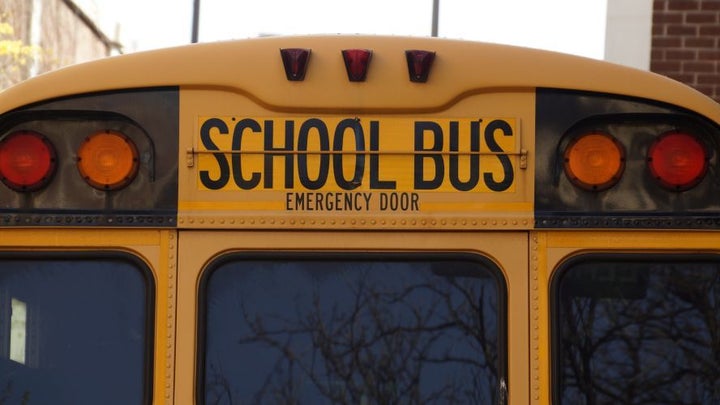Investment in education is essential for Haiti to lift incomes and fight poverty. But in this area like every other, decision-makers face many options. How can limited resources be spent to achieve the most possible? That is a question that the research project Haiti Priorise sets out to answer.

The Copenhagen Consensus is publishing new research papers written by education economists on crucial topics including building more schools, developing teachers, teaching in Creole instead of French, and providing scholarships to keep girls in school.
These research papers are among the more than 40 being released by Haiti Priorise, in order to provide more information and data about solutions to the big challenges facing Haiti – not just on education but also health, infrastructure, environment and economy.
Next week, a panel of eminent Haitian economists, and a youth forum from across Haiti will study all of the research, and suggest priorities.
Today, we want to highlight three policies analyzed in a brand new paper from the well-known education economist Atonu Rabbani. His general point is that one of the most powerful education investments that can be made is in early childhood education.
Professor Rabbani has analyzed early childhood education around the world. He finds that it creates lifelong effects for the children who receive it. It lifts incomes substantially, decreases the chance of incarceration, and reduces the impact of negative things like nutritional deficiencies.
He proposes a simple policy where Haitian children aged 4-5 years old at the pre-primary school level receive early childhood education for two years in small groups of 25. Each group requires two trained ECE facilitators along with a helper. Although called “education”, the intervention includes teacher-led activities involving toys and the development of social skills through games.
Currently, Haiti has about 516,000 children aged 4 and 5 years. It seems feasible to reach about half of this population, or around 258,000 children per year.
This would cost 5,500 gourdes ($79) per student per year. This intervention increases the chances that children will spend more time in schooling later, so we need to consider that cost, too. This gives us a total cost per year of 6.9 billion gourdes ($100 million).
Based on a famous, long-term research experiment in Jamaica, there is good evidence that such a policy will lead to an increase of 35 percent in earnings for the children, from the age they start working at around 16. For someone earning today’s average of around 63,000 gourdes ($910), it would mean an additional 22,000 gourdes ($318) per year. For one cohort of children, that adds up to about 115 billion gourdes ($1.6 billion) in today’s money.
The return on investment is considerable: for every gourde that Haiti spends on early childhood education, the benefits are worth 14 gourdes.
Professor Rabbani makes the point that while it is important to start investing in education as early as possible, it is also important to continue the investment later.
Haiti has made progress promoting school attendance. Professor Rabbani suggests that an important additional area of focus could be lifting the quality of primary education.
In Kenya and India, putting students into groups according to their learning level has improved performance.
This requires students to be tracked according to their achievement levels (as measured through, say, test scores in language or mathematics), grouped, and put into special classes alongside their regular classes.
The program would target about 870 thousand children in primary school.
The costs would add up to about 27 billion gourdes ($390 million). Again, this is expected to lift incomes when children grow up, by about 12,000 gourdes ($170) a year, leading to benefits worth 235 billion gourdes ($3.3 billion). So every gourde spent would generate benefits worth nine gourdes.
Finally, Professor Rabbani suggests using payments to parents to prevent their children dropping out of secondary school. These are known as ‘conditional cash transfers.’ Among the children who start sixth grade, only 30 percent eventually finish. Dr. Rabbani suggests paying around 8,300 gourdes ($120) per child to the poorest households, for students between the ages of 11 and 15, if they stay in school. The program would cost around 31,000 ($550) gourdes per child over five years, from both payments and extra schooling costs. For the complete program, the cost is 16 billion gourdes ($230 million). On average, his research suggests this would lead to one extra year of schooling for each student, which means an income boost, along with the help to the poorest families. In total, the benefits are worth 5 gourdes for every gourde spent.
All of the proposals have a great return on investment – but all also involve up-front costs, for large future impacts. What this means is that investments today could reap large benefits for many years to come.
